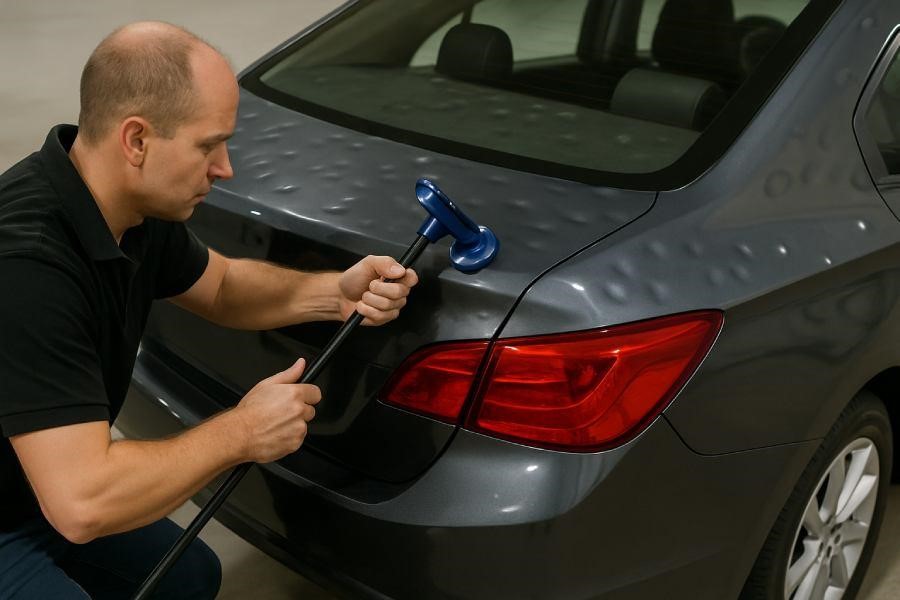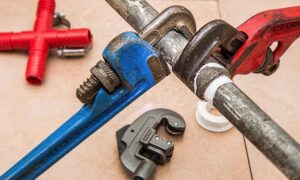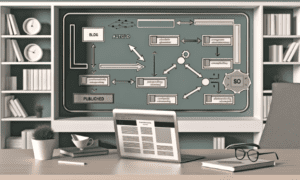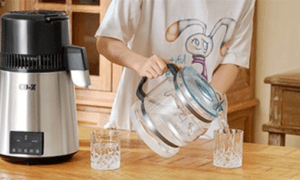Hail storm damage can significantly affect your vehicle’s aesthetic appeal and structural integrity. Properly addressing car hail damage requires a thorough understanding of the types of dents produced, precise hail dent assessment, and the appropriate application of dent removal techniques.
This guide will delve into everything you need to know about paintless dent repair (PDR), hail dent repair, auto hail repair services, and choosing between DIY and professional repairs to help restore your car efficiently.
Understanding Hail Damage: Types and Severity
Hail damage varies in severity depending on factors such as hail size, impact speed, and the angle of collision. Common types of dents from hail storms include shallow dimples, creased dents, and sharp dents with distinct edges. These dents often appear on the vehicle’s hood, roof, trunk, and doors. Understanding the severity of hail damage helps determine whether paintless dent repair is viable or if traditional auto body repair and collision repair are necessary.
Paintless dent removal is best suited for minor to moderate dents without significant paint damage. In cases where the paint is cracked or chip-off has occurred—common in severe hail storm damage—traditional body shop services like car body restoration might be required. Hail dent assessment by dent repair specialists from reputable companies such as Dent Wizard or PDR Specialists ensures accurate evaluation of damage severity and repair options.
Assessing the Extent of Damage on Your Vehicle
Before deciding on the repair process, a comprehensive hail damage inspection is essential. Auto hail repair services and dent repair specialists recommend:
- Conducting a detailed walk-around examination under natural light.
- Using specialized dent detection tools for a precise evaluation.
- Documenting all visible dents and scratches for insurance purposes.
Many auto insurance providers require an official hail damage inspection with photo evidence or a written report to process auto insurance claims. Some collision repair centers like Caliber Collision or Service King Collision Repair offer hail damage appraisal as part of their service package.
Professional hail dent assessment involves measuring dent depth, size, and paint integrity, a process that can influence the hail damage repair cost. Companies such as Hail Doctors and Dent Pro use advanced diagnostic methods to determine the most cost-effective repair technique, whether it be paintless dent repair, dent pulling, or full panel replacement.
Tools and Materials Needed for Hail Dent Repair
Efficient dents removal relies heavily on the correct dent repair tools tailored for paintless dent repair techniques. Whether opting for mobile dent repair or body shop services, the following tools and materials are fundamental:
- Dent pulling tools: Glue pullers, dent lifters, and slide hammers facilitate precise dent pulling.
- PDR rods and picks: Specialized rods access dents from behind panels for pushing dents out without paint damage.
- Tap-down pens: For fine tuning dent removal by tapping down high spots.
- Heat guns: Used to soften metal temporarily during dent removal.
- Paintless dent removal kits: Comprehensive kits often containing multiple dent repair tools are available from retailers or through brands like Pop-A-Dent or Smart Dent Repairs.
- Car scratch removal compounds: For addressing minor paint damage that may accompany hail dents.
Professional auto hail repair services often utilize proprietary or industry-standard dent tools unavailable to general consumers, ensuring optimal results. Companies such as Dent Masters and Dent Kinetics emphasize continual investment in state-of-the-art dent repair tools to expedite the dent removal process and improve car body restoration outcomes.
Step-by-Step Guide to Paintless Dent Repair (PDR)
Paintless dent repair is the leading technique for vehicle hail repair due to its non-invasive nature and cost-effectiveness. Here’s a detailed step-by-step guide often adopted by dent repair specialists and mobile dent repair providers like Hail Rescue USA and Paintless Dent Repair USA:
- Hail Damage Inspection: Begin with a thorough hail damage inspection under varying lighting conditions, possibly using a PDR light board to visualize dents clearly.
- Accessing the Dent: Remove interior panels or components to access the backside of the hail dents, essential for effective dent pushing.
- Dent Pulling (If Needed): For dents where backside access is impossible, use glue pullers to carefully pull out the dent without disrupting the paint.
- Dent Pushing: Using PDR rods, gently massage the dent from behind, gradually restoring the panel to its original form.
- Fine Tuning: Employ tap-down tools to correct any high spots or minor irregularities left after dent pushing.
- Car Scratch Removal: If minor scratches occurred, apply scratch & dent repair techniques to restore paint integrity using polishing compounds.
- Final Inspection: Conduct a final hail dent assessment to ensure all dents are removed, and the vehicle’s surface is restored to pre-damage condition.
This dent removal process preserves the original paint, eliminating the need for repainting and reducing the overall hail damage repair cost. It also contributes to maintaining vehicle resale value and prevents insurance premium increases due to body work.
Notably, key industry players like The Dent Authority and Scratch & Dent Repair Inc. combine these techniques with strong dent repair warranties to reassure vehicle owners of long-lasting results. Additionally, auto hail protection measures, such as aftermarket hail protection car covers or permanent paint protection films offered by companies like Glass America and Maaco, can be considered post-repair to minimize damage risk in future hail storms.
Dealing with Paint Damage and Traditional Repair Methods
When a vehicle sustains car hail damage, paintless dent repair (PDR) is often the preferred method for dents removal due to its efficiency and ability to maintain the original factory paint finish. However, in cases where hail storm damage results in compromised paint integrity—such as deep scratches, paint chips, or cracks—traditional auto body repair techniques may be necessary.
In contrast, professional dent repair specialists offering PDR services, such as Dent Wizard or Paintless Dent Repair USA, focus on the dent removal process by using specialized dent pulling and paintless dent removal kits. These advanced dent repair tools allow technicians to reshape the metal without disrupting the paint. When paint damage is minimal or nonexistent, opting for PDR is optimal to preserve the vehicle’s original finish and maintain its value.
When to File an Insurance Claim for Hail Damage
Determining when to file auto insurance claims for vehicle hail repair depends on the extent of damage and hail dent assessment results conducted by specialists like Hail Doctors or Dent Logic. Insurance claims are generally advisable when hail storm damage leads to extensive dents, paint chips, or broken glass that could compromise the vehicle’s structural integrity or appearance.
Before proceeding, vehicle owners should arrange a detailed hail damage inspection to evaluate the hail dents and possible underlying damage. Many insurers require documented estimates from auto hail repair services or collision repair centers such as The Dent Guy or Hail Rescue USA. Filing a claim too early for minor cosmetic damage can sometimes result in unnecessary insurance premium hikes, so assessing the hail damage repair cost upfront is prudent.
If the repair costs exceed your deductible or impact the functionality of safety systems, initiating an insurance claim is warranted. Several repair specialists and mobile dent repair services, including Dent Masters or Mobile Hail Repair, assist with facilitating claims by providing accurate damage assessments and supporting documentation.
Preventative Measures to Protect Your Vehicle from Hail
Investing in auto hail protection is a key strategy to reduce potential hail storm damage to your vehicle. Using hail protection products such as car hail covers or specialized garages can mitigate dents and scratches. Mobile hail repair services recommend keeping vehicles sheltered during storm alerts to avoid costly dents removal and car scratch removal procedures later.
Additionally, storing your vehicle in covered parking facilities or garages significantly lowers the risk of hail damage. Auto body repair professionals, including companies like Smart Dent Repairs or Pop-A-Dent, emphasize the importance of early detection through regular hail damage inspection—especially in hail-prone regions.
For those who cannot park indoors, advanced car covers designed for hail impact absorption offer a reasonable protective alternative. Applying a clear protective film to vulnerable car panels, or investing in aftermarket auto hail protection solutions, can also aid in vehicle hail repair preparedness.
Maintenance Tips After Hail Damage Repair
After completing hail damage repair—whether through paintless dent repair or traditional body shop services—ongoing vehicle maintenance is crucial to preserve the restoration quality. Dent repair specialists such as Dent Kinetics and Scratch & Dent Repair Inc. recommend periodic inspections to monitor repaired areas for signs of paint deterioration or new dents.
Choosing the Right Auto Body Shop for Hail Repairs
Selecting the right auto body shop for vehicle hail repair is essential to ensure expert hail dent assessment, quality dent removal techniques, and reliable dent repair warranties. Renowned auto hail repair services like PDR Specialists, Dent Pro, and Dent Wizard specialize in paintless dent repair, making them excellent choices for efficient and cost-effective hail damage restoration.
Verified reviews on companies like Paintless Dent Repair USA and Hail Doctors can confirm their proficiency in the dent removal process, especially in balancing cost versus quality. Additionally, some collision repair centers, such as Caliber Collision and Service King Collision Repair, offer comprehensive body shop services that extend beyond dents removal to car scratch removal and glass replacement.
Read More From Techbullion




































